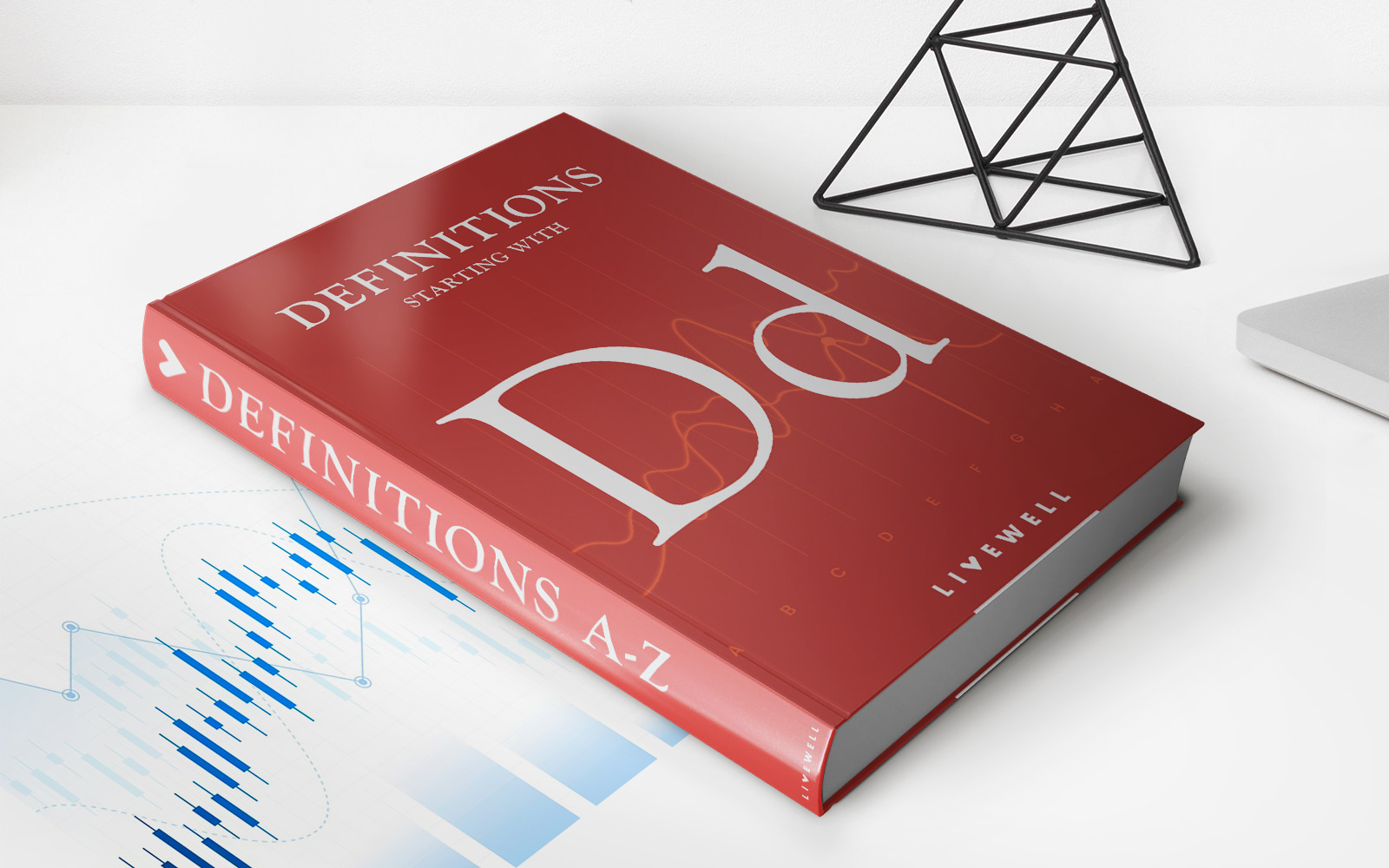

Finance
Big Uglies Definition
Published: October 16, 2023
Discover the meaning of Big Uglies in finance and how it impacts the industry. Uncover the significance and implications of these financial terms.
(Many of the links in this article redirect to a specific reviewed product. Your purchase of these products through affiliate links helps to generate commission for LiveWell, at no extra cost. Learn more)
Understanding Big Uglies in Finance
In the vast world of finance, there are numerous terms and concepts that can sometimes be difficult to comprehend, especially for those unfamiliar with the industry. One such term that often gets thrown around is “Big Uglies.” But what exactly does this term mean and how does it relate to finance? In this blog post, we will dive into the definition of Big Uglies and explore its significance in the financial world.
What are Big Uglies?
Big Uglies in finance refer to companies or assets that are considered unattractive or unsightly due to their large size or poor performance. These are typically companies in declining industries, facing significant challenges, or burdened by heavy debt loads. They may have struggled to adapt to changing market conditions or are simply no longer able to generate the same level of revenue and profitability as they once did. Big Uglies are often found in sectors such as manufacturing, energy, or traditional retail.
Key Takeaways:
- Big Uglies are large companies or assets that are unattractive or unsightly in the finance world due to poor performance or industry challenges.
- These companies may struggle to adapt to changing market conditions or face heavy debt burdens.
Identifying Big Uglies
Identifying Big Uglies can be a challenging task, as it requires a deep understanding of the specific industry and company dynamics. However, there are a few characteristics that can hint at the presence of a Big Ugly:
- Persistent decline in revenue and profits: Big Uglies often exhibit a consistent downward trend in their financial performance, with declining revenue and profits over an extended period.
- Heavy debt burden: Companies burdened with large amounts of debt may struggle to generate sufficient cash flow to meet their obligations, resulting in financial distress and unattractive investment prospects.
- Lack of innovation: Big Uglies are often slow to adapt to technological advancements or fail to innovate to keep up with market changes.
- Inefficient cost structure: Companies with high operating costs or inefficient supply chains may find themselves at a disadvantage compared to their more agile competitors.
The Impact of Big Uglies
Big Uglies can have significant consequences not only for the companies themselves but also for investors and the broader economy. Some of the impacts of Big Uglies include:
- Job losses: When Big Uglies struggle or go bankrupt, they may be forced to lay off employees, leading to job losses and economic hardship in the affected regions.
- Industry consolidation: The decline of Big Uglies often contributes to industry consolidation as stronger companies acquire struggling ones or take over their market share.
- Risk for investors: Investing in Big Uglies can be risky as they may continue to face challenges and experience further declines in value, leading to potential losses for shareholders.
- Opportunities for value investors: Despite their unattractive nature, Big Uglies can present opportunities for value investors who are skilled in identifying undervalued assets and turnarounds.
In conclusion, while the term “Big Uglies” may sound negative, it serves as a reminder of the challenges faced by some companies in the financial world. By understanding the characteristics of Big Uglies and their impact, investors can make informed decisions and potentially capitalize on opportunities presented by these unattractive assets.













